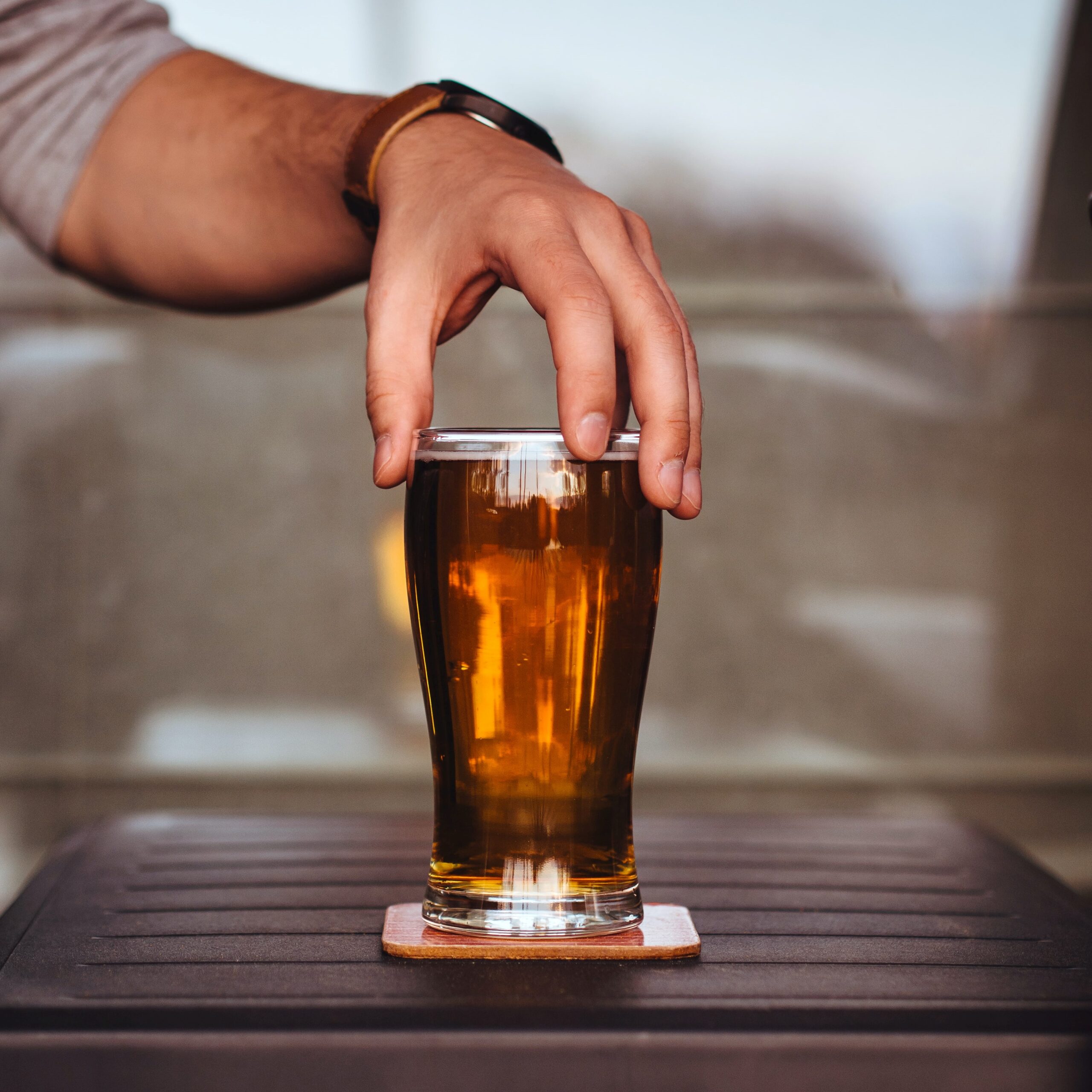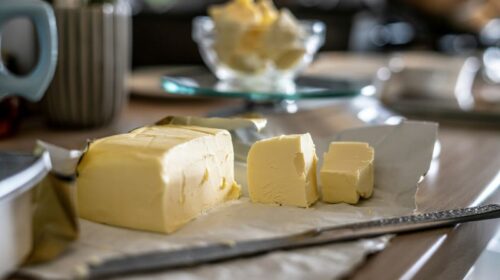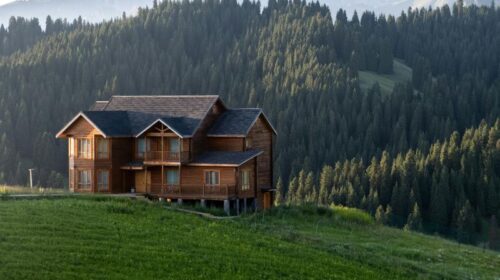Grüss Dich! Ready for Oktoberfest!
By Greg Roe and Mike De Smidt
Oktoberfest. It’s one of the first things many of us think of when we think of Germany. However, it’s not so much a German thing, but a Bavarian thing; Bavaria being the largest of Germany’s sixteen states and situated in the southeastern part of the country.
Contrary to what many think, Oktoberfest actually starts in September. It traditionally took place over a 16-day period leading up to the first Sunday in October, though that has been modified slightly in recent decades. It started in 1810 as a celebration in honor of the marriage of Princess Therese of Saxe-Hildburghausen and Kronprinz Ludwig, and it has continued to be celebrated every year since (except in 1813, when Bavaria was involved in the Napoleonic wars).
While we love history, what we really want to talk about is beer. Historically, the traditional beer served at Oktoberfest was a German style of amber lager called Märzen. And indeed, most beers exported to or brewed in the United States today labelled “Oktoberfest” are this Märzen style. However, in the 1970s, the Paulaner Brewery decided to introduce a beer that was lighter in color, body, and less malty in flavor, though slightly higher in alcohol, for the Oktoberfest celebration, as they thought the Oktoberfest Märzen was too filling. Indeed, the head brewer of Paulaner at the time is rumored to have said he wanted it to be “more poundable.” This new beer started catching on, and by 1990 most of the beer served by the various breweries at Oktoberfest was of this paler, slightly lighter-bodied style. Today, this is the official beer of Oktoberfest. The Beer Judge Certification Program (BJCP) now calls this new style “Festbier” to differentiate it from the traditional “Marzen.”
The BJCP describes Festbier as a “smooth, clean, pale German lager with a moderately strong malty flavor and a light hop character. Deftly balances strength and drinkability, with a palate impression and finish that encourages drinking. Showcases elegant German malt flavors without becoming too heavy or filling.”
Modern Oktoberfest styles that you might find in the U.S. include Hacker-Pschorr Superior Festbier, Hofbräu Festbier, Löwenbräu Oktoberfestbier, Paulaner Oktoberfest Wiesn, Paulaner Oktoberfest Marzen, and Weihenstephaner Festbier. But what if you can’t find a Festbier? Not to worry! We have provided you with a recipe for brewing one of your own! Detailed instructions on how to brew both extract and all-grain batches can be found at John Palmer’s howtobrew.com.
The Santa Cruz Alps Festbier
Size: 5.5 gal – 90 minute boil
Original Gravity: 1.055 – Terminal Gravity: 1.015
Color: 5.74 SRM
Alcohol: 5.31%
Bitterness: 24 IBU
All Grain Version Malts/Grains
9 lb (75.0%) Pilsner Malt
2 lb (16.7%) Vienna Malt
1 lb (8.3%) Munich TYPE I
Extract Version Malts/Grains:
7.5 lb (71.4%) Bavarian Pilsner Extract – added during boil, boiled 60 m
2 lb (19.0%) Vienna Malt – steeped
1 lb (9.5%) Munich TYPE I – steeped
Hops
1.25 oz (62.5%) Hallertauer Mittelfrüher (4.5%) – boiled 90 m
.75 oz (37.5%) Spalt Spalter (4.8%) – boiled 10 m
Yeast
1 ea White Labs WLP820 Oktoberfest/Märzen Lager
Ben Lomond local, Mike De Smidt has been home brewing for 12 years and is a BJCP Certified Beer Judge.
Greg Roe is a Felton local who has been a homebrewer for 20 years and is a self-proclaimed Fermentation Geek.
Featured photo: Marzen, a German style of amber lager by Pawel Kadysz




